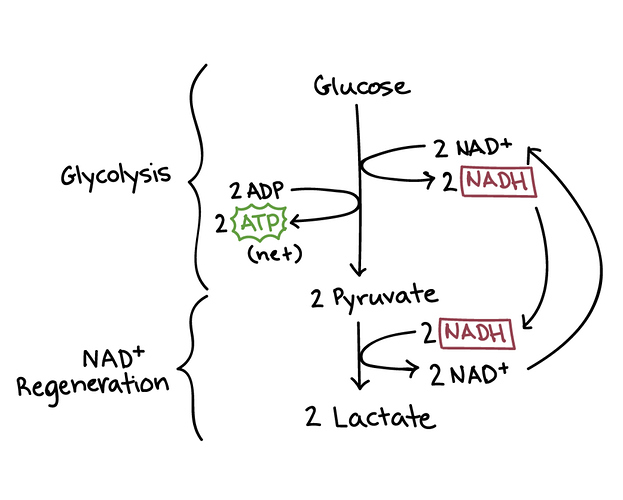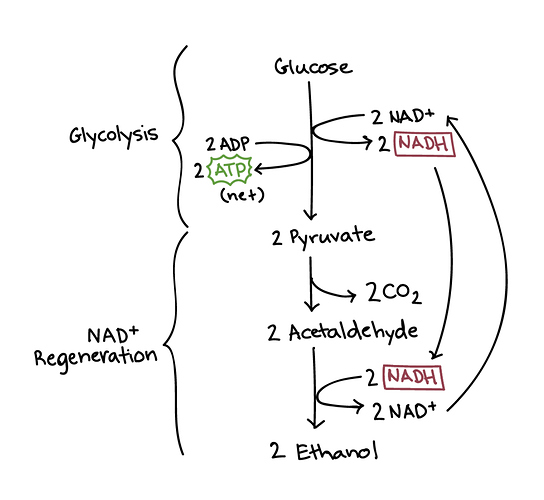Since the onset and progression of modern day pharmaceutical industries and modern science…
History of Lost Medical Sciences:
I found this in some vintage literature!
Do people in England or elsewhere still make malt tea, sweet wort and this furmenty dish?
Precious Stones by W. T. Fernie, M.D. 1907 pp. 232- 233
“…Concerning the efficacy of alcohol towards maintaining the physical stamina during health, or recuperating it during illness, some remarkable views, supported by positive facts, have been lately adduced by Dr. Josiah Oldfield, who is a thoroughly qualified physician; also D.C.L. Oxford, and has been for many years in medical charge of the Lady Margaret Fruitarian Hospital, at Bromley, Kent. He writes: “There is a point on which temperance people will probably misunderstand me, but I am bound to say it; I look upon the liquor of grain as one of the most important causes of the stamina of the English people; that is to say, the ‘beer’ of old England. But, to my mind it is not the alcohol in the beer, but it is the mineral salts which are obtained from the barley, wherein consist the merits of this beverage. There are two things which I consider very valuable in promoting the growth of the English race; one has been the beer, the other has been the old English dish of ‘furmenty,’ made from barley, (or, more commonly, wheat). I especially want to emphasize the fact that the beer originally drunk was much more of the nature of barley-tea than is the beer of to-day. Anyone who has been to the old farmhouse breweries will know what I mean when I speak of sweet wort, which is really malt tea. It is composed of malt barley put to stew, and soaked in large quantities ; and the liquor of which, on being drawn off, is really strong sweet beer. In my opinion herein was the essential value of the early beer, or, as it really was, malt tea. I fully believe in this form of beer. I think that the alcohol of beer is an injurious addition, ‘to make it keep.’ This malt tea contains, moreover, a substantial amount of nerve-food; we use it in our hospital to a considerable extent." …”
Related:


